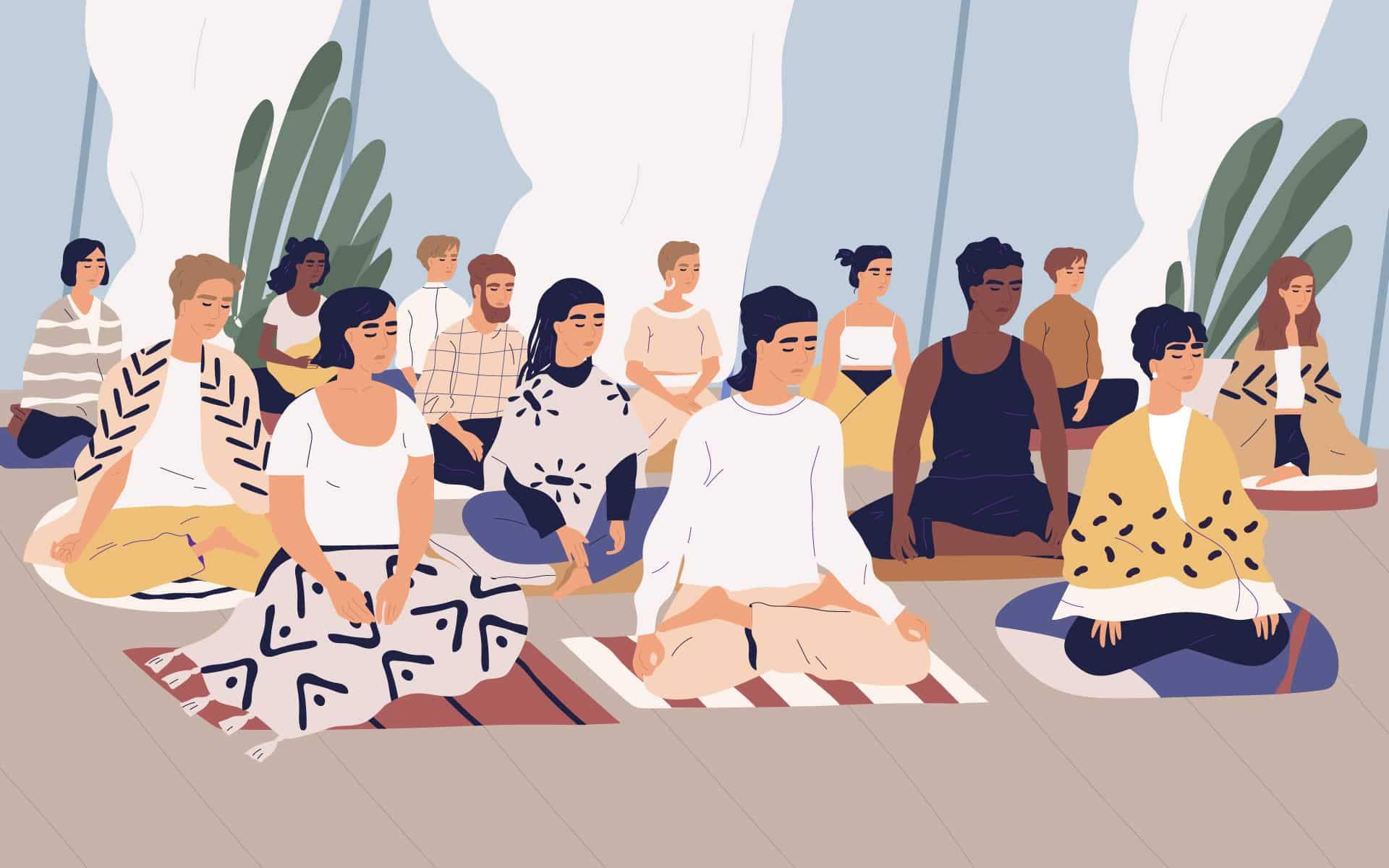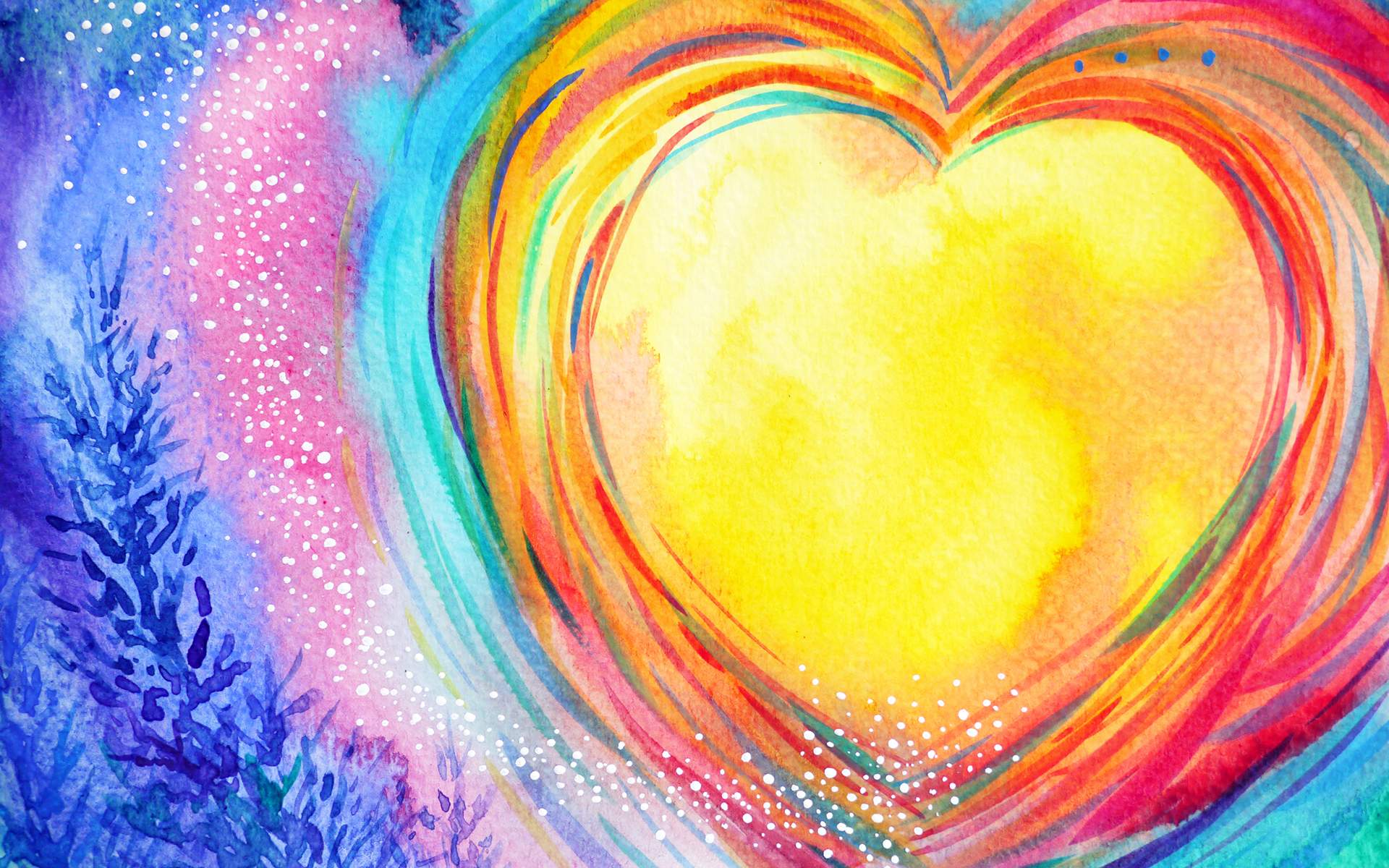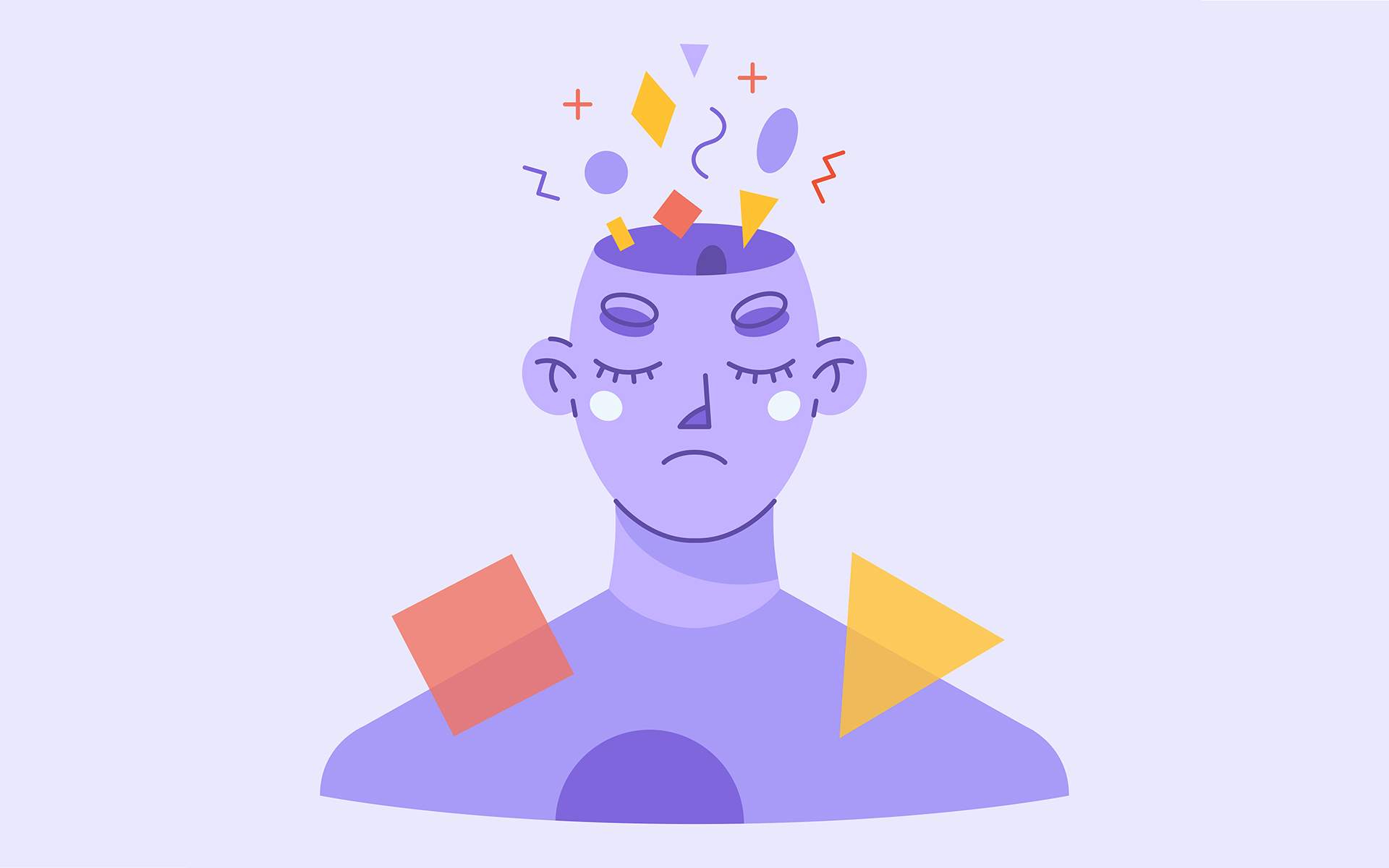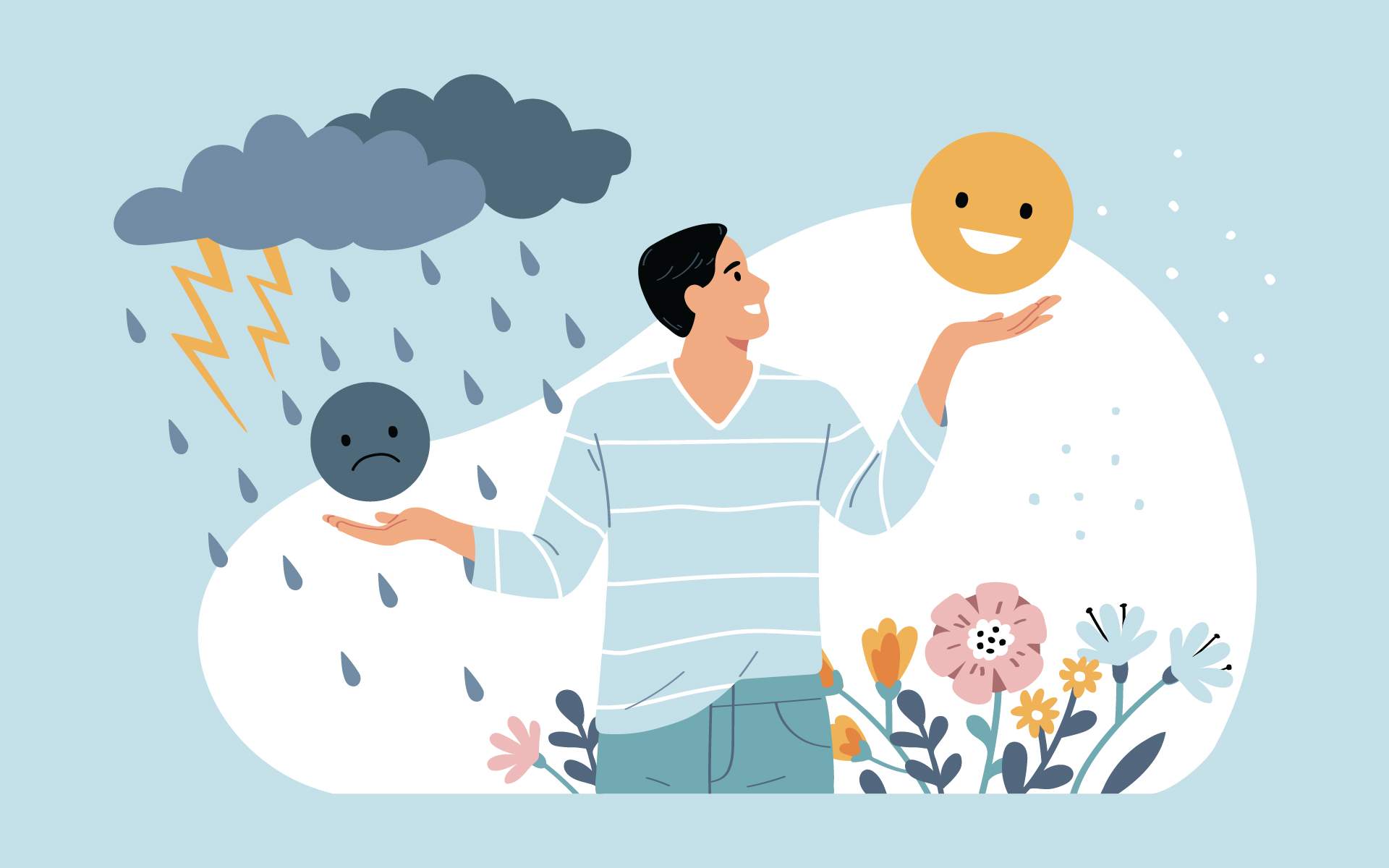Fire has four stages: ignition, growth, full development, and decay. Sometimes fires are cleansing, creating fertile ground for new growth. And sometimes fires consume everything in their path until they run out of heat, fuel…oxygen.
If the latter sounds like something you can relate to, you’re not alone. Burnout has become so prevalent, it’s being talked about as “the new normal,” with some studies showing 77% of workers saying they have experienced burnout at their current job. Healing burnout is past the point of being a collective imperative. We all need to take a beat. Breathe. And find ways to skillfully use our resources to replenish and renew.
Healing burnout isn’t about self-care—it’s about systems.
In order to find relief, we have to be able to see the larger systems we’re a part of, how we contribute to them (whether through resistance or support), and how they affect us and those around us.
All of our systems—in the workplace, in our communities, in our families, in our friendships, in our technology, in our finances—were built by people. Which makes them fallible. Especially if they’re rigid. That’s not a critique. That’s a fact.
In order to find relief, we have to be able to see the larger systems we’re a part of, how we contribute to them (whether through resistance or support), and how they affect us and those around us. In order to heal burnout, we need to be brave and vulnerable enough to recognize what isn’t working, have the courage to admit when we’re adding fuel to the fires burning around (or within) us, and then be adaptable and nimble enough to change.
Creating Space for Relief
The American Psychological Association (APA) describes burnout as “physical, emotional, or mental exhaustion accompanied by decreased motivation, lowered performance, and negative attitudes toward oneself and others.” They add, “It results from performing at a high level until stress and tension, especially from extreme and prolonged physical or mental exertion or an overburdening workload, take their toll.”
In 2019, the World Health Organization (WHO) defined burnout as an “occupational phenomenon” resulting from “chronic workplace stress that hasn’t been successfully managed,” resulting in “feelings of energy depletion or exhaustion; increased mental distance or cynicism related to your job, and reduced efficacy.”
It’s the “workplace stress that hasn’t been successfully managed” part of the WHO definition that makes people think beating burnout is only about helping workers manage their individual stress levels. Yes, we are responsible for taking care of ourselves. But if we leave it there, we’re not taking into account the part of the APA’s definition that indicates that burnout affects people who have been “performing at a high level” to the point of exhaustion. Because if “high level” performers are working themselves to a state of decay, then the workplaces they’re in and the systems they’re part of aren’t caring for them or providing the conditions for thriving. In other words, our workplaces are creating systems where, in the hustle to be considered a “high level” and valuable performer in their workplace, people increasingly have to ignore their need for real rest and relief.
A Couple Things to Consider When Addressing Burnout
With that framework in mind, there are two things to consider when addressing burnout:
One: All people, whether on the brink of burnout or not, require rest, recovery, and the tools to help them recognize when they’re working in unsustainable systems.
Two: Organizations need systems that are kinder to human physiology, and to our mental and emotional health. Period. Workplaces (read: managers and executives) need to interrogate their internal systems (as well as how they are implicated in those systems) in order to take the necessary steps toward change.
In both of these cases, individually and organizationally, mindfulness can help.
Teetering on the Edge of Burnout
In the mindfulness community, we often describe the practice as moving from “me” (my individual practice) to “we” (our relational practice, how we show up with others) to “us” (how we show up collectively for each other, the planet, and future generations).
In other words, your individual mindfulness practice serves all of us, relationally, collectively. When we train our awareness to notice—notice how our bodies feel, notice when we’re slipping into old patterns that harm ourselves and those around us, notice how it feels to pause and allow some space between our reactivity and our activity—we give ourselves the opportunity to get things done together that otherwise might seem impossible.
None of this is easy if you’re teetering on the edge of burnout. And if that’s where you are, the first thing to remember is that burnout is not your fault. While you need to recognize it, so you can take steps to heal and repair, you also need to know that burnout is a collective challenge, not an individual one—and be supported in that understanding.
The second thing to remember is that rest is essential. Rest is an imperative. It is also a radical act to slow down, shift, restore, and regenerate. That’s why rest can feel uncomfortable in a culture that places so much worth on productivity. Our mindfulness practice can help us sit with that discomfort.
Rest is essential. Rest is an imperative. It is also a radical act to slow down, shift, restore, and regenerate.
The third thing to remember is that if you’re alive, your breath is always with you. And just three breaths can help shift your perspective. Try this three-breath practice from mindfulness coach Jason Gant: Take three breaths. With the first breath, just pay attention to how it feels to breathe. With the second breath, relax your body. Drop your shoulders. Relax your jaw. And with the third breath, ask yourself: What’s most important right now? Then, use that wisdom to inform the next thing you do.
We’ve put together a mini meditation retreat for relief and restoration in the next few pages. These meditations are meant to take you from “me” (connect with your practice), to “we” (connect with your relations), to “us” (engage in the unique ways that are available to you). We hope this relief package helps you nourish your awareness, bring kind curiosity to your thoughts and experiences, and receive the care you deserve.
read more
Try This Self-Guided Meditation Retreat for Rest and Restoration
May this curated retreat offer some relief, to collectively nourish our awareness, so that we have the opportunity to build authentic, trusting relationships, and from there, work together to create a kinder world.
Read More
Are You Surviving or Thriving? Here’s How to Tell
When love feels scarce, we are conditioned to slip into survival mode. Caverly Morgan shares wisdom on how we can create pathways for remembering the heart of who we are.
Read More
No One is Immune From Burnout at Work
Even at Mindful magazine, we have to work hard to make sure we’re not teetering on the edge of burnout. Editor-in-chief Heather Hurlock shares how she and her staff hold kind space for each other, while holding each other accountable.
Read More











